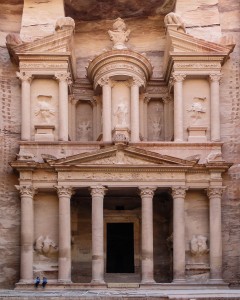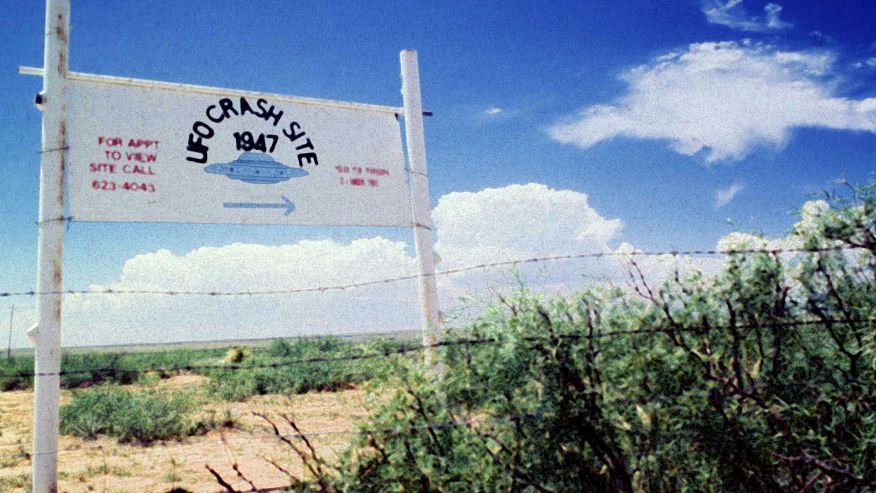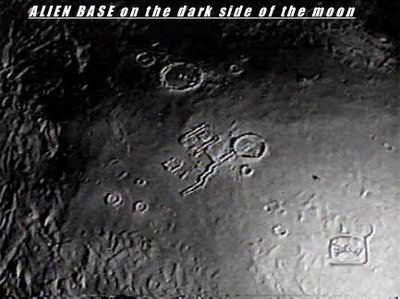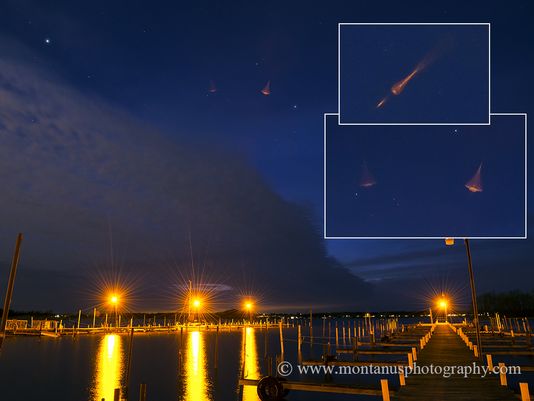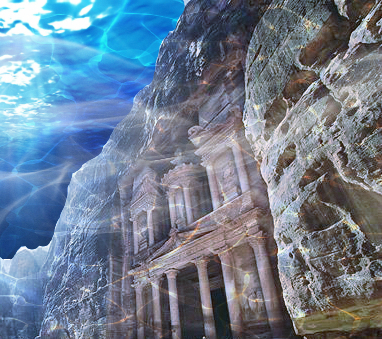
Making a self inflating balloon in 100 BC
“Ingredients:
- Copper (copper age from 3000BC)
- Vinegar
- Salt water
- Aluminum (pulverized feldspar)
Tools:
- Slate above fire and a goats bladder.
Nothing adds up
We didn’t really know about aluminum before the 1800’s, still this substance seem to have been used all over the world for thousands of years. Feldspar is known as a volcanic rock and can be found together with quarts in basalt stones. Which in this case are found around the sea of Galilee.
Sometime during 70-132, Christian Era in the City of Petra
“Sometime during biblical time Benjamin born in Canaan, son of Rachel has been given the City Rekem ”
-If Petra is in fact Rekem, then nothing I have written is true.
In 1952 a archeologist found the mysterious Copper scrolls in a cave in Qumran near the City of Petra, the Sea of Galilee and the ancient city of Acco.
What differs the scroll between others are that they are made from copper and not papyrus, they are made to last and they are partly written in a different language. Further more they contain singular letters. And so does the caves.
This might naturally not mean anything but, the treasure map on the copper scrolls does, leading to the city of Tel Akko or Acre. But why would it say (originally) Acor?
From Wikipedia:
“The text is an inventory of 64 locations. 63 of which are treasures of gold and silver, that have been estimated in the tons. Tithing vessels are also listed among the entries, along with other vessels, and three locations featured scrolls. One entry apparently mentions priestly vestments. The final listing points to a duplicate document with additional details. That other document has not been found.
The following English translation of the opening lines of the first column of the Copper Scroll shows the basic structure of each of the entries in the scroll. The structure is first the general location, second the specific location, often with distance to dig, and third what to find.
In the ruin that is in the valley of Acor (Tel Akko or Acre), under 1:2 the steps, with the entrance at the East, 1:3 a distance of forty cubits a strongbox of silver and its vessels 1:4 with a weight of seventeen talents. KεN (The three letters at the end are Greek.)There is a minority view that the Cave of Letters might have contained one of the listed treasures, and, if so, artifacts from this location may have been recovered. Although the scroll was made of alloyed copper in order to last, the locations are written as if the reader would have an intimate knowledge of obscure references. For example, consider column two, verses 1–3, “In the salt pit that is under the steps: forty-one talents of silver. In the cave of the old washer’s chamber, on the third terrace: sixty-five ingots of gold.”As noted above, the listed treasure has been estimated in the tons. “”
This becomes a little bit confusing, what is my point?
My point is, nothing adds up historically or biblical correct. It seem like they mislead us on purpose. Why?
Now I am sure that a lot of you reflect on that I write Acor, Acre and Tel Akko as we have been taught without any proof that Acor and Tel Akko are different places. Looking in to when this could have happened, there can only be one old city left in ruins. “Acor” as historians claim, simply don’t exist.
Tel Akko and Petra was once rich with water, one we can imagine since resting nearby the Sea while the other one is stonecarvings in a massive mountain. And how on earth, did they get pouring lake water running freely across the Stone City? and even today, we can find a well there with freshwater sipping out from the hard rock.
Lets go back in time…
Not only was the Nabateans (who lived in Petra) skillful stone shaper’s but they had to be excellent water “shapers” too, mastering water. They built water conduits, ponds and reservoirs. But the Romans came (also skillful water shapers) they started to look for “pots” of gold instead. And on the entrance to the Kings Treasure they thought they saw a pot of gold on the top. So did the Bedouins and tried to “shoot” the pot.
So what made the Romans and the Bedouins think this? Maybe the copper scrolls left in cave 3.
As I did, they must have understood the map would lead them to Petra, Tel Akko or Acre.
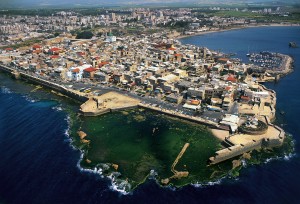
But if they already knew, then who left a (never seen before) map in the cave, to be found in 1952? Was it a well planned scheme? The treasures was “hidden” in so many places it would have taken years to locate. And with all clear instructions but confusing meaning, they would probably not find anything anyway.
The truth about who lived in Petra
How could the people work with water like this. Petra was inhabited with the Nabateans and the Romans and who knows what people but, was it really the Nabateans that built the city in the first place?
People have tried to solve this riddle for ages. How did they build it? We all know the story about how Moses split the Red Sea and made water flow freely from a rock, this near 1200 BCE.
I think that we must remember when talking about Petra, Acre and the Red Sea that the there are no red line between any historical document at all and that the landscape was totally different. The levels of water wasn’t near as low as what the levels are today.
The Jordan River pushed the water pressure from the upper top just before the Hula Valley with all together a 100 kilometers steep drop. And people at this time prefered to live on hills.
Blocking the water on the top would lower the levels, blocking the water down by The Sea of Galilee, you could dry out chosen parts of the land. Looking closer on The Stone City of Petra, we clearly understand that this wasn’t a excavation site with rough tools as Caterpillars and shovels.
When building Petra, they must have used their skills with chemistry in water, in more ways than making underwater balloons to lift rocks with, building dams or underwater resorvoirs.
They simply must have used the water levels? King Aretas 168 BC was the first Nabatean associated with Petra and in 2 Maccabees. Still not one single clue to how they did it.
So maybe, the City never was called Petra but Benjamins Rekem. And maybe there are more that is hidden than we’re smart enough to see. As the greek letters in the copper scrolls say, KεN (knowledge).
Looking into the caves of Qumran, the pictures on the walls more or less look like carvings on any stone age cave wall found in the world and the rest of the Qumran findings were the ingredients to “the goat bladder balloon” or modern “lifting bag”.
Thank you for reading and before you leave me for today, with even more questions. Reflect on what the buildings of the City of Petra actually show.

